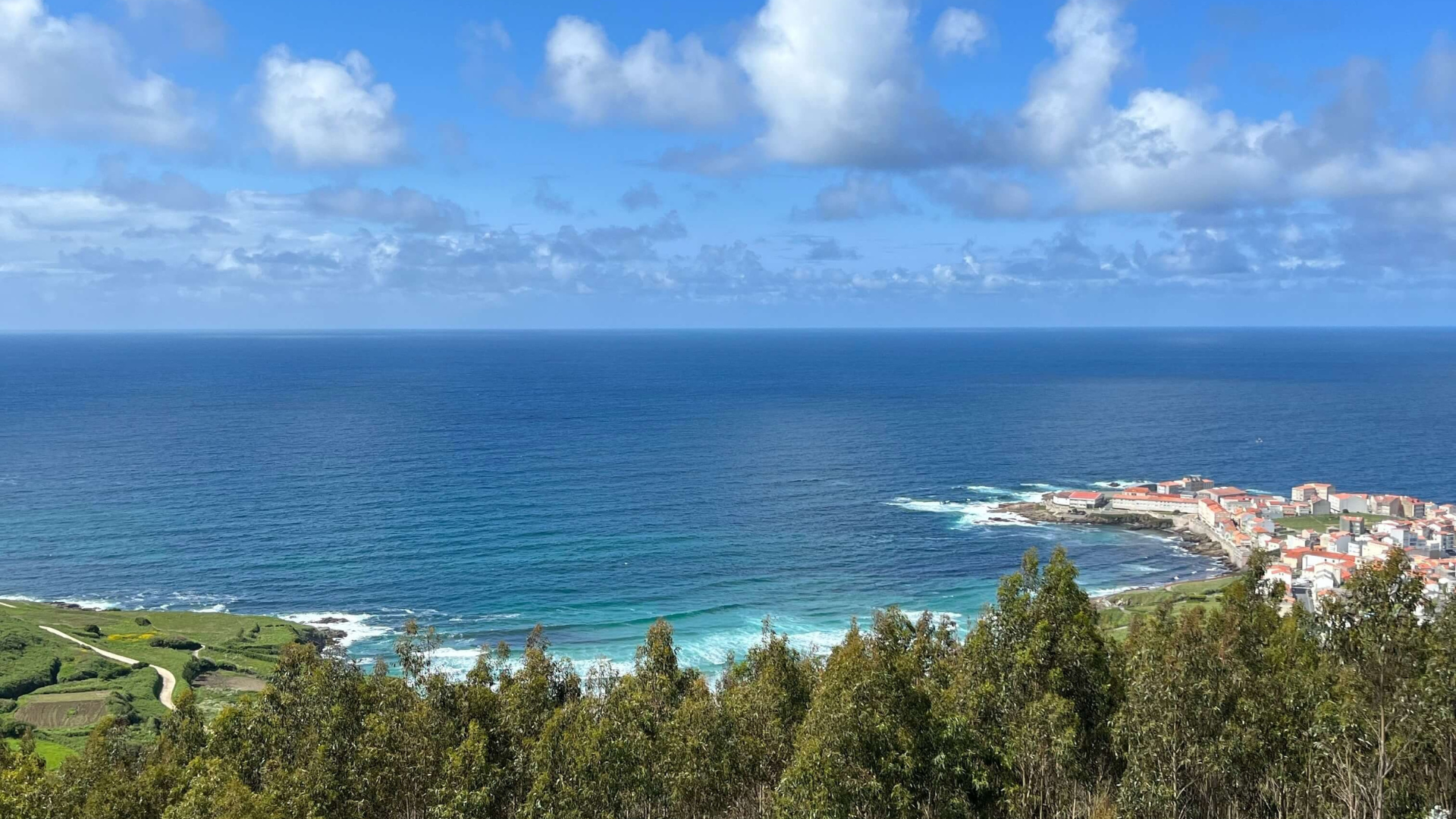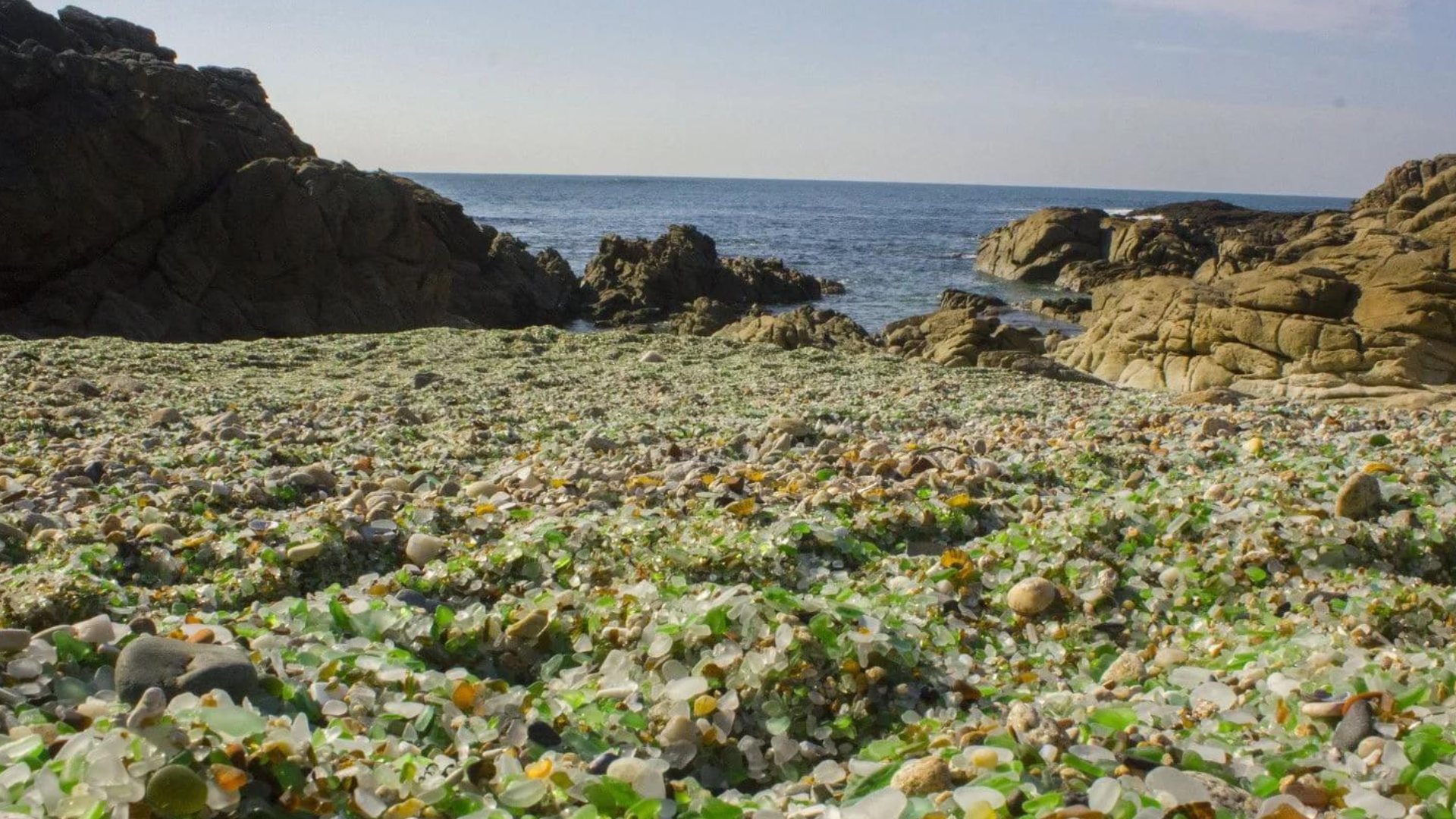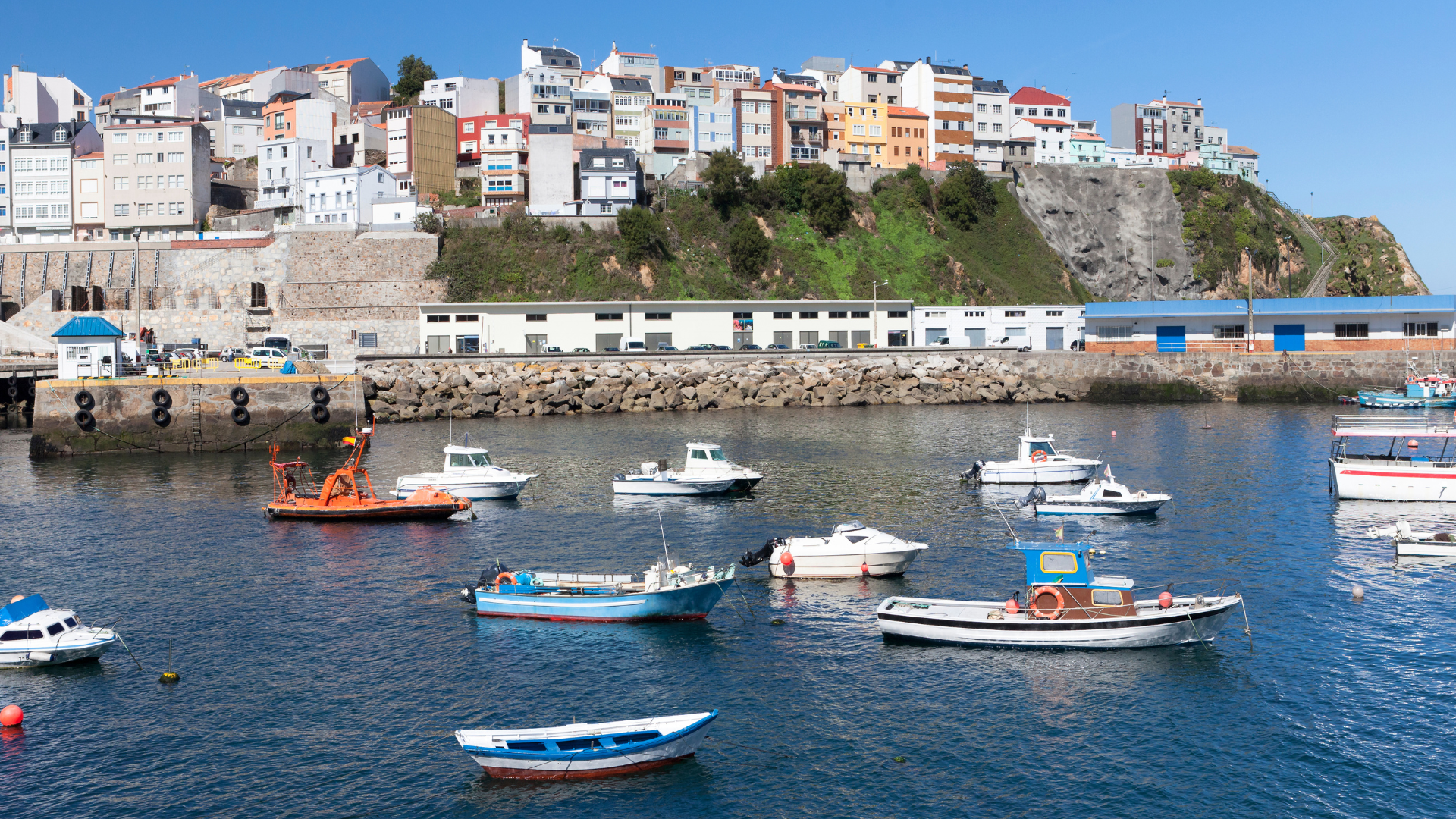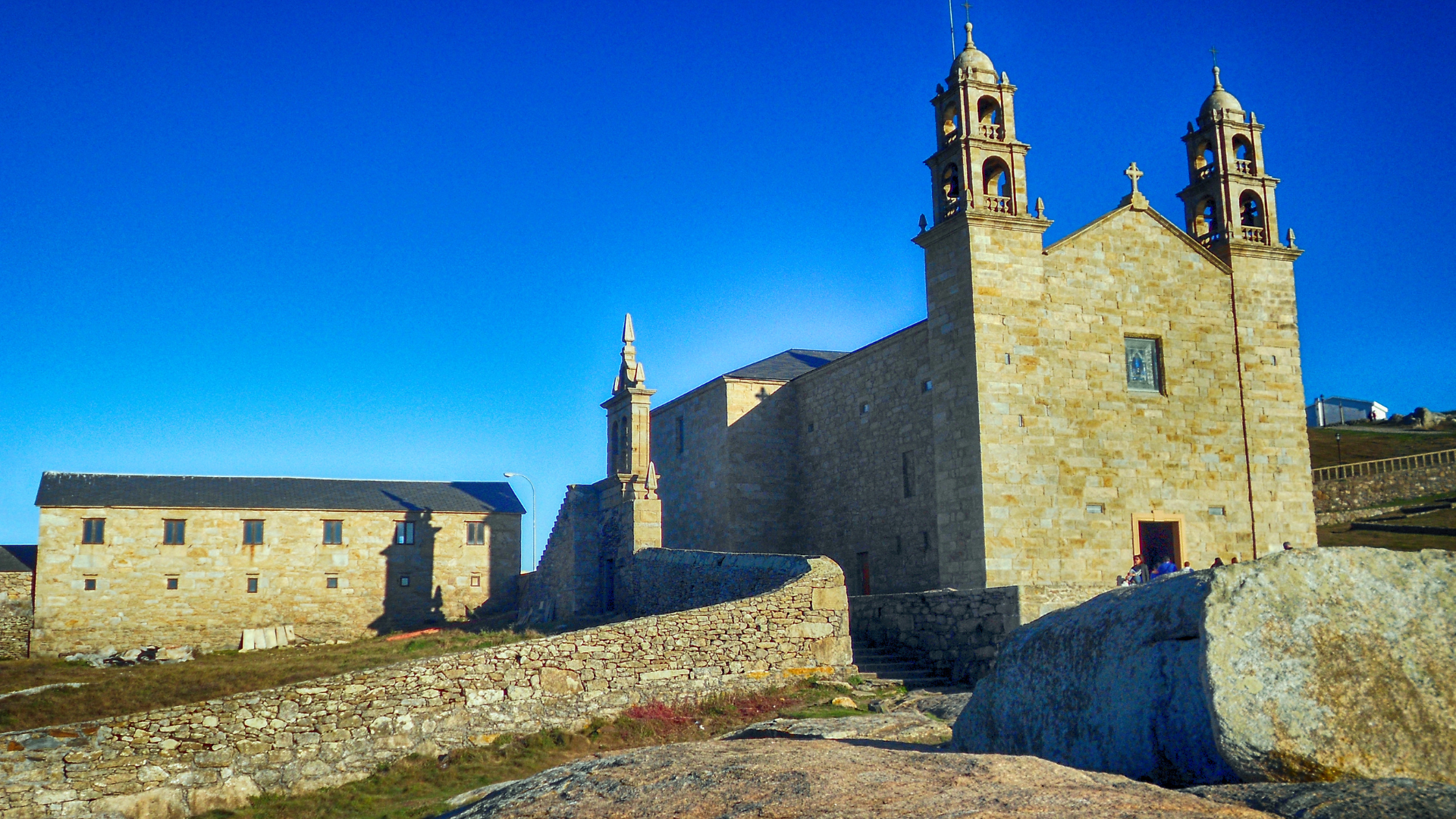The eternal beauty of Spain’s Costa da Morte
Endless beaches, dramatic cliffscapes and picture-book coastal villages... discover all this and more in a pocket-sized paradise in north-western Spain. This short stretch of coastline is home to some remarkable sights, including an ethereal glass beach, Spain’s first electric lighthouse and the only waterfall in Europe to flow straight into the Atlantic.

The Costa da Morte is one of the most picturesque spots in northern Spain. Part of the province of La Coruña, it runs from Cape Roncudo to Finisterre and owes its name to the dozens of shipwrecks caused by storms and rough swells along the jagged coast.
The sheer drama of the waves and lush greenery of the landscape captivate every beholder, tempting us off the beaten track to immerse ourselves in its wild and timeless beauty. This magical part of the world is steeped in legend, with inexhaustible cultural riches and extraordinary coastal cuisine.
Heavenly beaches and a unique natural heritage
Playa de los cristales (The Glass Beach). By the seaside village of Laxe lies this extraordinary beach, formed of tiny orbs of coloured glass, now buffed and polished by the waves and dunes. The legacy of an old glass factory, it’s not suitable for swimming on account of the fearsome currents, and pocketing a souvenir pebble is strictly forbidden.
Cascada de Ézaro. Part of the Xallas River, it’s the only waterfall in Europe to spill directly into the Atlantic and a true wonder of Galician nature.

Picture-postcard seaside towns
Muros, with its fascinating historical core and monumental stone arcades, is the gateway to some of the area’s most spectacular beaches, including Playa Carnota, the longest in Spain. While you’re here, take a stroll around the old town and check out the esplanade, port, fish market and the many impressive crucifixes that give the place its enchanting old-world feel.
Malpica is one of the region’s most colourful fishing villages, perched on an outcrop above the sparkling sea. Visitors are drawn by its lovely beaches, islands (Sisargas), cliffs, traditional windmills and prodigious cultural heritage, including the Buño pottery tradition that harks back to the sixteenth century.
Camariñas and its famous bobbin lace. This bustling seaside town offers plenty to see and do. Don’t miss the Museum of Man — custodian of works by the German artist Manfred Gnädinger, who for many years lived a hermit-like existence in this quiet corner of the world — or the English Cemetery, a poignant memorial to the victims of one of the region’s most notorious shipwrecks.

Stories carved in stone
Santuario da Virxe da Barca (Muxia). The story goes that the stones encircling this atmospheric church are the relics of a stone ship that carried the Virgin Mary to Spain, to give heart to disciples bearing the body of St James the Apostle to its final resting place.
Hórreo de Carnota. Built in the eighteenth century, this traditional stone granary is now a national historic monument and one of the best-known of its kind in Galicia. Its 35-metre span makes it the longest hewn-stone granary to be found in Spain.
To the lighthouse... If there’s one thing this region is famous for, it’s lighthouses. Romantic Finisterre — believed by the Romans to mark the edge of the known world and the place that many pilgrims choose to complete their wanderings on the Camino de Santiago — has perhaps the most iconic, while Cabo Vilán boasts the first electrified lighthouse ever built in Spain, prompted by one of the worst shipwrecks that Camariñas had ever known. The fine example at Roncudo is another must-see, set amid a wild and windswept landscape named for the impressive roar of the waves crashing into the rocks, where you can find some of the finest barnacles anywhere in the world.
Vimianzo and the Ruta de los Dólmenes. Finally, we come to one of Costa da Morte’s most magical and memorable sights. This megalithic complex, made up of nine separate monuments, is Galicia’s most important prehistoric site.
